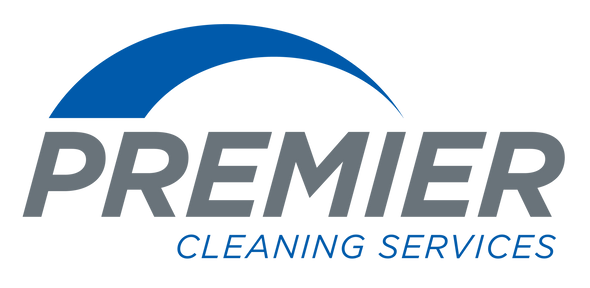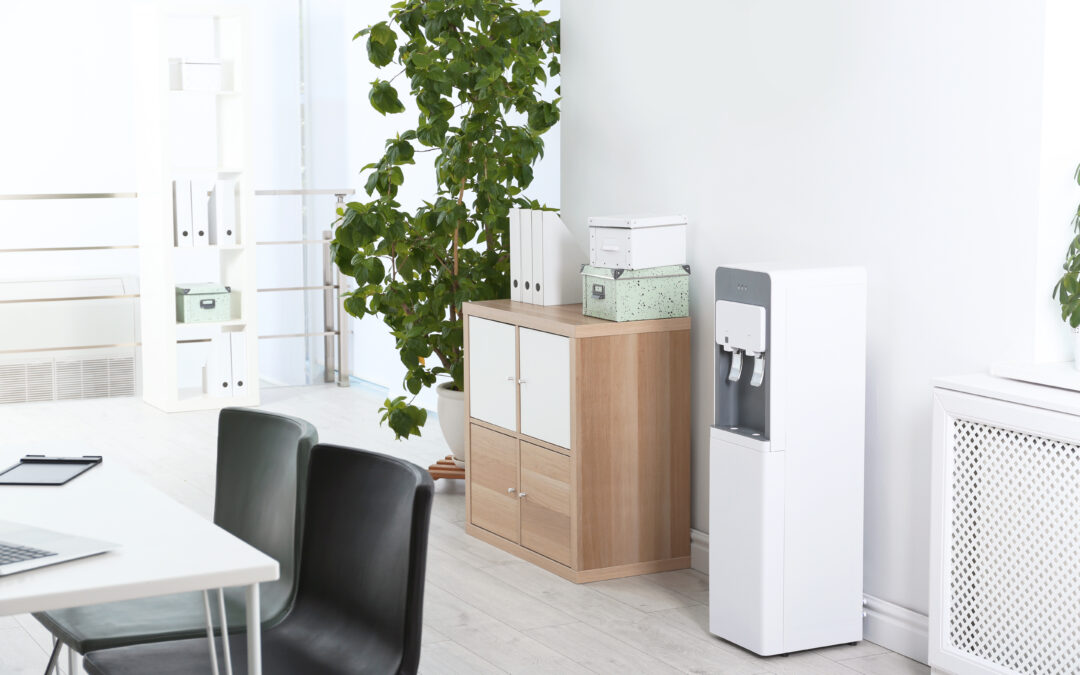Introduction
In any workplace setting, it is important that any break areas remain clean and hygienic. A clean break room is conducive to a healthy and productive working environment. The office kitchen and dining areas are communal spaces where employees prepare and enjoy their meals, and without proper hygiene practices, these areas can become breeding grounds for bacteria and pests. This blog post will provide a comprehensive guide to best practices for cleaning office kitchens and dining areas, ensuring a safe and pleasant space for everyone.
The Importance of Break Room Hygiene
Maintaining a clean break room goes beyond simple aesthetics. It plays a vital role in several factors, such as:
- Preventing Illness: A dirty break room can harbor bacteria and viruses that cause illnesses. Regular cleaning reduces the risk of infections spreading among employees.
- Boosting Morale: A tidy and well-maintained break room creates a positive atmosphere, making employees feel valued and more comfortable at work.
- Enhancing Productivity: A clean environment reduces distractions and stress, allowing employees to focus better on their tasks. For more information on how cleanliness can help enhance employee productivity, consult our blog post on the subject.
- Compliance with Health Regulations: Adhering to hygiene standards helps companies avoid legal issues related to health and safety regulations.
Daily Cleaning Routine
To maintain a high standard of hygiene, certain cleaning tasks should be performed daily. These tasks ensure that the break room remains clean and sanitary for all employees:
1. Wiping Down Surfaces
- Countertops and Tables: Use disinfectant wipes or sprays to clean all surfaces where food is prepared or consumed. This should be done at least once a day, and more frequently if the area is heavily used.
- Appliances: Wipe down the exterior of appliances like microwaves, coffee machines, and refrigerators. Pay special attention to handles and buttons, which are high-touch areas.
2. Cleaning Dishes
- Dishwasher: Run the dishwasher daily to ensure that all dishes and utensils are clean. Encourage employees to load their used items promptly.
- Hand Washing: Provide dish soap and sponges for employees to wash items that may not be dishwasher safe.
3. Emptying Trash and Recycling Bins
- Trash Removal: Empty trash bins daily to prevent odors and pest infestations. Use liners in all bins to make disposal easier and more hygienic.
- Recycling: Ensure recycling bins are also emptied regularly and that employees know which items are recyclable.
4. Sweeping and Mopping Floors
- Daily Sweep: Sweep the floors daily to remove crumbs and debris that can attract pests.
- Mopping: Mop the floors with a disinfectant cleaner to eliminate germs and maintain a clean appearance.
Weekly Cleaning Tasks
In addition to daily cleaning, certain tasks should be performed weekly to maintain a deeper level of cleanliness and hygiene.
1. Cleaning Inside Appliances
- Microwave: Clean the inside of the microwave to remove food splatters and spills. Use a microwave-safe cleaner or a mixture of water and vinegar.
- Refrigerator: Check for expired food items and dispose of them. Wipe down the shelves and drawers with a mild disinfectant.
2. Sanitizing Sinks and Faucets
- Deep Clean: Use a strong disinfectant to clean sinks and faucets, focusing on removing any buildup or stains.
- Drain Maintenance: Pour a mixture of baking soda and vinegar down the drains to keep them clean and odor-free.
3. Dusting and Cleaning Vents
- Dusting: Dust all surfaces, including shelves, light fixtures, and window sills. This helps reduce allergens and maintains a neat appearance.
- Vents: Clean air vents to ensure proper ventilation and reduce the accumulation of dust and bacteria.
Monthly Deep Cleaning
Monthly deep cleaning tasks help address areas that may not be covered in daily or weekly routines. These tasks ensure the break room remains thoroughly clean and sanitary.
1. Cleaning the Fridge and Freezer
- Defrost and Clean: Defrost the freezer if necessary and clean both the fridge and freezer thoroughly. Remove all items and wipe down all surfaces with a disinfectant.
- Organize: Encourage employees to label their food items and organize the fridge to make it easier to keep clean.
2. Polishing Appliances
- Stainless Steel: Use a stainless steel cleaner to polish appliances, keeping them free of fingerprints and smudges.
- Other Appliances: Clean the interiors of coffee machines, toasters, and other small appliances.
3. Deep Cleaning Floors and Walls
- Floor Care: Deep clean the floors with a steam cleaner or a heavy-duty mop. Pay special attention to corners and under appliances.
- Walls: Wipe down walls to remove any splatters or marks that may have accumulated over time.
Encouraging Employee Participation
Maintaining a clean break room is a collective responsibility. Encouraging employees to participate in keeping the space clean can significantly improve hygiene standards.
1. Clear Guidelines and Expectations
- Signage: Post clear guidelines for break room usage, including reminders to clean up after oneself, dispose of trash properly, and load the dishwasher.
- Responsibility Roster: Implement a rotating schedule where employees take turns performing certain cleaning tasks, such as wiping down tables or emptying the dishwasher.
2. Providing Adequate Supplies
- Cleaning Supplies: Ensure the break room is stocked with necessary cleaning supplies, including disinfectant wipes, sprays, paper towels, dish soap, and trash bags.
- Accessibility: Make these supplies easily accessible so employees can quickly clean up any messes they make.
3. Creating a Culture of Cleanliness
- Lead by Example: Management should set an example by following the same hygiene practices expected of employees.
- Positive Reinforcement: Recognize and appreciate employees who consistently maintain cleanliness, reinforcing the importance of their efforts.
Addressing Common Break Room Issues
Even with regular cleaning, some common issues can arise in office kitchens and dining areas. Addressing these promptly can prevent them from becoming bigger problems.
1. Odors
- Trash and Recycling: Ensure trash and recycling bins are emptied regularly and consider using deodorizers.
- Fridge Maintenance: Encourage employees to regularly check for and dispose of expired food items.
2. Pest Control
- Crumb Control: Regularly sweep and clean surfaces to remove food crumbs that can attract pests.
- Professional Services: If pests become a problem, consider hiring a professional pest control service to address the issue.
3. Food Safety
- Proper Storage: Ensure food is properly stored in sealed containers and labeled with names and dates.
- Temperature Control: Regularly check that the refrigerator and freezer are operating at the correct temperatures to keep food safe.
Professional Cleaning Services
In addition to regular in-house cleaning, you might also consider the benefits of professional cleaning services. It takes valuable time and resources to hire, train, and compensate your own cleaning team, and it interrupts employee focus if they happen to be in charge of cleaning in addition to their daily tasks.
Conclusion
Maintaining a clean and hygienic break room is essential for the health and well-being of all employees. By implementing daily, weekly, and monthly cleaning routines, and encouraging employee participation, you can ensure that your office kitchen and dining areas remain a safe and pleasant space for everyone.
Investing in break room hygiene not only helps prevent illness and pest infestations but also boosts employee morale and productivity. Remember, a clean break room is a collective responsibility, and with clear guidelines and adequate supplies, everyone can contribute to maintaining a high standard of cleanliness.
By following these best practices, your office can enjoy a break room that is not only clean but also a welcoming and enjoyable place for employees to relax and recharge.

